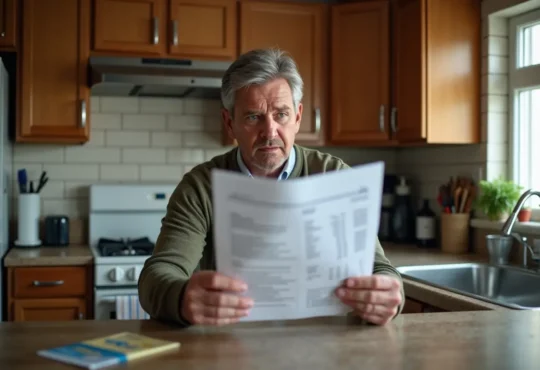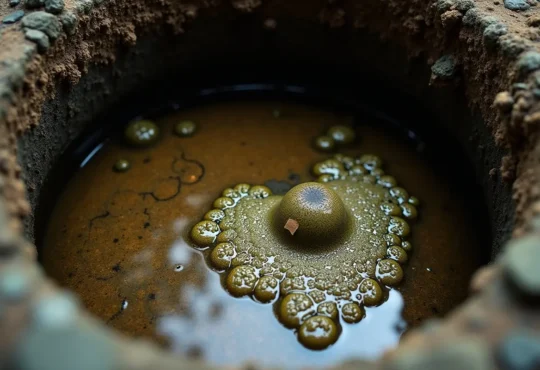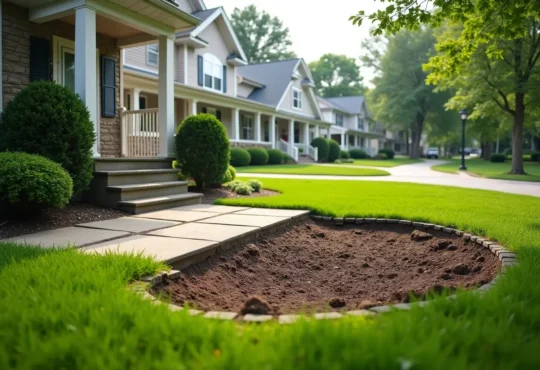
How to Unclog a Bathroom Sink
Dealing with a clogged bathroom sink can be a frustrating and unsightly ordeal. As hair, soap residue, and debris accumulate over time, they can create stubborn blockages that hinder proper drainage. Before resorting to costly professional services, there are several effective and cheap methods to unclog your bathroom sink that you can try.
Contents
Preventative Measures: Minimizing Future Clogs
Adopt simple preventative measures to reduce bathroom sink clogs. Firstly, install a mesh screen to catch debris. Clean and soak screens regularly to prevent buildup and ensure smooth water flow.
Additionally, make a conscious effort to avoid washing hair or disposing of non-biodegradable items down the drain, as these can contribute to clogs. Instead, utilize paper towels or tissues to collect and discard hair and other solid waste in the garbage.
Lastly, flushing your bathroom sink drain with hot water once a month can help dissolve and dislodge any residual buildup, ensuring optimal drainage.
Natural Remedies: Harnessing the Power of Household Ingredients
Before resorting to harsh chemical drain cleaners, consider exploring natural and eco-friendly solutions that can effectively unclog your bathroom sink. These methods not only protect your plumbing but also offer a safer and more cost-effective alternative.
Boiling Water: A Simple yet Effective Solution
One of the easiest and most accessible methods for unclogging a bathroom sink is using boiling water. Begin by ensuring that any standing water in the sink has drained completely. If the drain remains blocked, place a bucket underneath to catch any dirty water that may be released during the process.
Next, bring a large pot of water to a rolling boil and carefully pour it directly into the drain opening. The intense heat can break down soap scum, grease, and other debris that may be causing the clog in the U-shaped pipe or P-trap. If the issue persists, you may need to try another method.
Baking Soda and Vinegar: A Fizzy Duo for Stubborn Clogs
The combination of baking soda and vinegar is a time-honored method for unclogging drains. Begin by mixing 1/3 cup of baking soda with 1/3 cup of vinegar in a measuring cup. This mixture will immediately start to fizz, which is precisely what aids in dislodging hair and grime from the drain.
Promptly pour the fizzing solution down the drain and allow it to sit for approximately an hour. The chemical reaction between the baking soda and vinegar will work to break down the clog. After an hour has elapsed, flush the drain with hot water to rinse away any remaining debris.
Baking Soda and Salt: A Potent Combination for Tough Clogs
If the baking soda and vinegar method proves ineffective, consider trying a combination of baking soda and salt. Mix 1/2 cup of each ingredient and pour the mixture directly into the drain. Allow it to sit for about 15 minutes before pouring boiling water down the drain.
The combination of baking soda, salt, and boiling water creates an aggressive chemical reaction that can effectively dislodge even the most stubborn clogs. This method is particularly useful for bathroom sinks that have accumulated significant buildup over time.
Mechanical Solutions: Tackling Clogs with Tools
In cases where natural remedies fail to resolve the clog, it may be necessary to employ mechanical solutions to physically dislodge the obstruction. These methods can be more labor-intensive but often yield better results for severe clogs.
Plunging: A Tried and True Method
Every household should have a plunger on hand, as it is an invaluable tool for unclogging drains. If you don’t have one, it’s advisable to purchase both a sink plunger and a toilet plunger for their respective purposes.
To use the plunger effectively, first, run water in the sink until it pools slightly, leaving an inch or two of water to provide the necessary pressure for the plunger to work. Next, place the plunger over the drain hole and cover the overflow hole with a wet rag to create a strong seal.
Vigorously plunge up and down several times, applying significant force. After plunging, check if the sink drains properly. If not, repeat the process. This method is particularly effective for dislodging hair clogs and surface-level blockages.
Drain Snake: Reaching Deeper Clogs
For clogs that are deeper in the drain pipes, a traditional drain snake or plumber’s auger can be an effective solution. Begin by removing the sink stopper and P-trap (the U-shaped pipe underneath the sink).
Next, insert the drain snake into the pipe opening and rotate it as you push it forward. When you encounter resistance, indicating a clog, continue twisting and pushing the snake to break through the blockage. Once you’ve successfully dislodged the clog, retract the snake and pull out the debris.
Finally, flush the drain with hot water to clear any remaining debris, ensuring the clog has been fully resolved.
Wet/Dry Vacuum: Tackling Stubborn Clogs
If other methods have failed to address a particularly stubborn clog, a wet/dry vacuum can be an effective solution. Start by removing the sink stopper and creating a tight seal over the drain opening with the vacuum hose.
Cover any secondary openings, such as overflow holes, with wet rags to ensure maximum suction. Turn on the vacuum and allow it to remove the clog. This method is especially useful for clearing clogs that other methods have failed to address and can also help remove any remaining dirty water from the pipes.
Professional Assistance: When to Call a Plumber
While the methods above resolve most bathroom sink clogs, sometimes professional help is needed. If clogs persist or you suspect serious plumbing issues, like damaged pipes or deep clogs, contact a licensed plumber.
Professional plumbers have the expertise, tools, and experience to diagnose and resolve even the most complex plumbing issues. They can quickly identify the source of the clog and take the necessary steps to restore proper drainage while ensuring the integrity of your plumbing system.
Maintaining a Clog-Free Bathroom Sink
Once you’ve successfully unclogged your bathroom sink, it’s crucial to implement preventative measures to minimize the risk of future clogs. Regularly cleaning the sink stopper and P-trap can help remove any accumulated debris before it has a chance to cause a blockage.
Additionally, consider incorporating a monthly drain cleaning routine using a homemade solution of baking soda and vinegar or a plumbing snake to remove any buildup. By taking these proactive steps, you can ensure your bathroom sink remains clog-free and functioning optimally.
FAQ
What is the best way to unclog a bathroom sink?
The most effective method for unclogging a bathroom sink depends on the clog’s severity and nature. For minor clogs, try boiling water, baking soda and vinegar, or baking soda and salt. For more stubborn clogs, use a plunger, drain snake, or wet/dry vacuum.
How can I unblock my bathroom sink?
Start with natural remedies like pouring boiling water down the drain or using a baking soda and vinegar solution. If ineffective, try mechanical solutions like plunging or using a drain snake to physically dislodge the clog. If the clog persists, a wet/dry vacuum can provide powerful suction to remove the blockage.
How to clear a slow draining bathroom sink?
Natural remedies like boiling water or a baking soda and vinegar solution can be effective to help dissolve and dislodge minor clogs causing slow draining bathroom sink. Use a plunger or drain snake if the issue persists. Flushing the drain with hot water regularly and avoiding pouring hair or debris down the sink can also help prevent slow drainage.
Can vinegar unclog a bathroom sink?
Yes, vinegar can unclog a bathroom sink naturally. Combining it with baking soda creates a fizzing reaction that breaks down clogs from hair, soap scum, and debris. Pour 1/3 cup each of baking soda and vinegar down the drain, let sit for an hour, then flush with hot water.
How long does baking soda and vinegar take to unclog sink?
This combo typically requires letting the mixture sit for approximately one hour before flushing with hot water. This allows sufficient time for the fizzing reaction between the baking soda and vinegar to work on breaking down the clog. After an hour, the hot water can help rinse away any remaining debris, effectively clearing the clog.





 Hi I'm Joe.
Hi I'm Joe. 